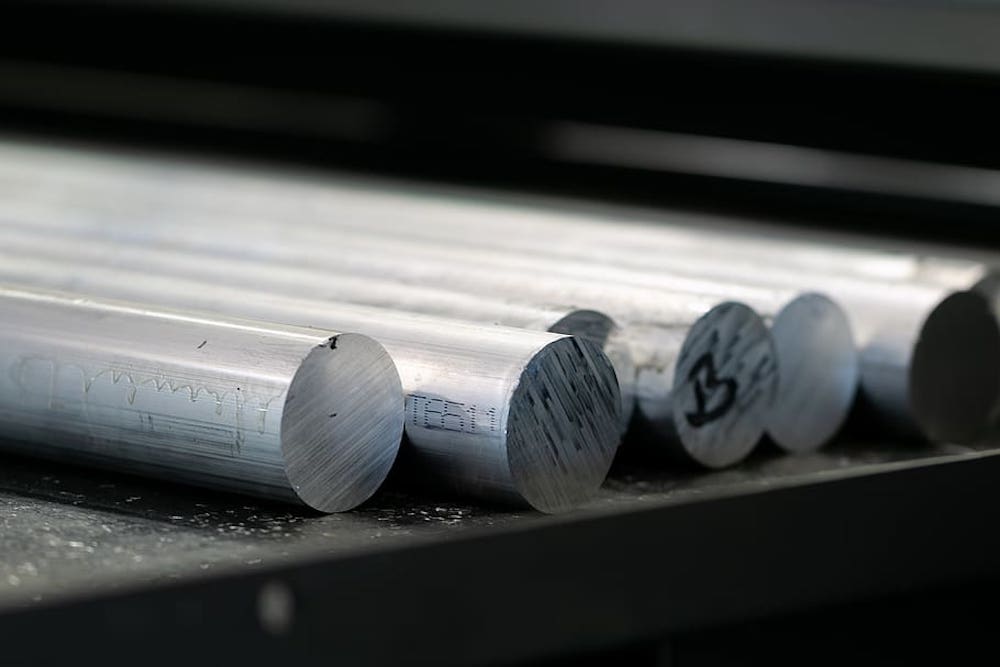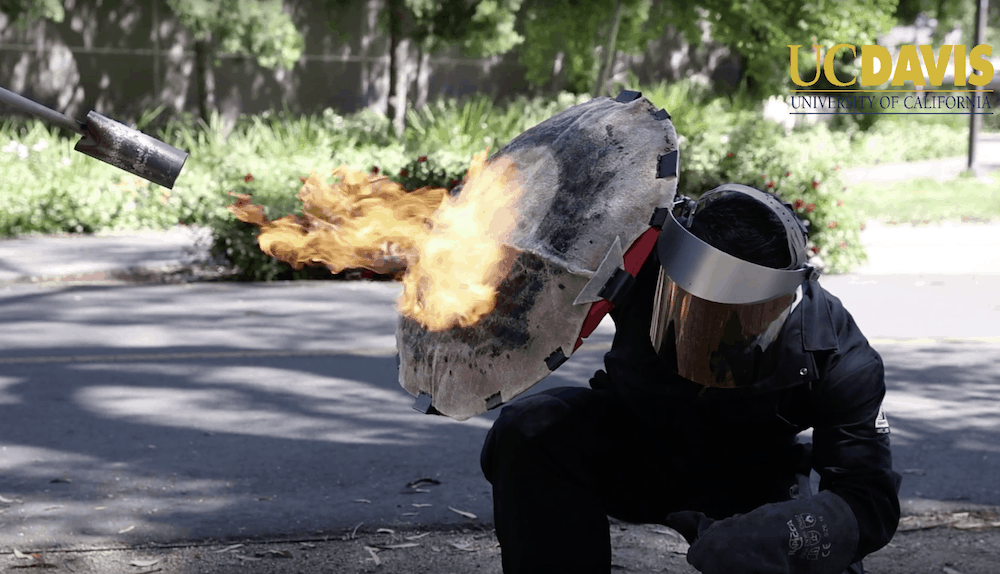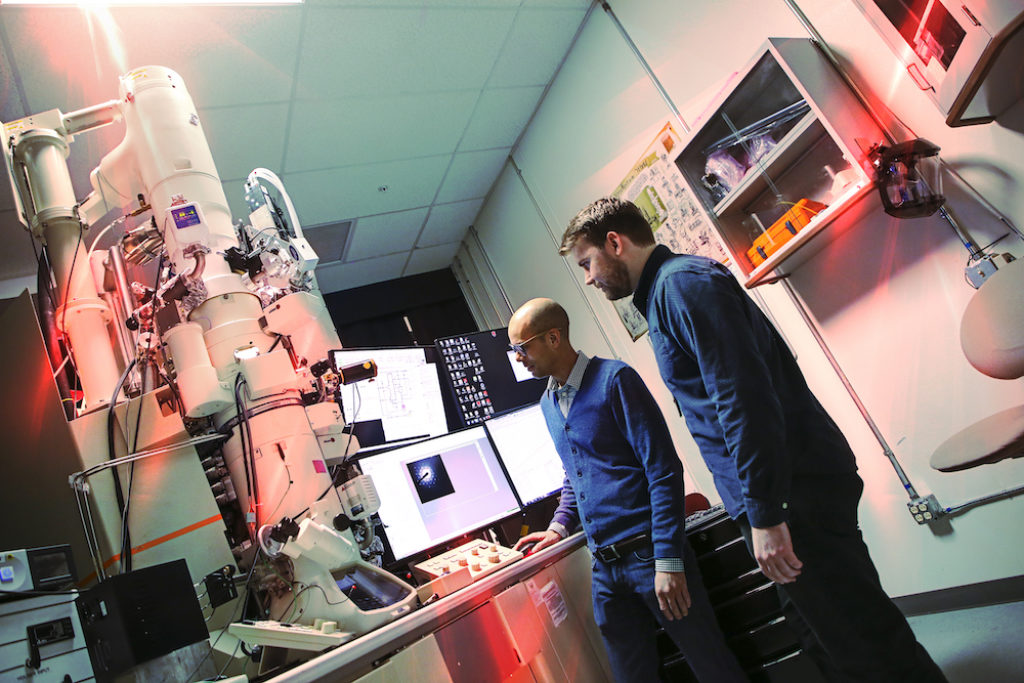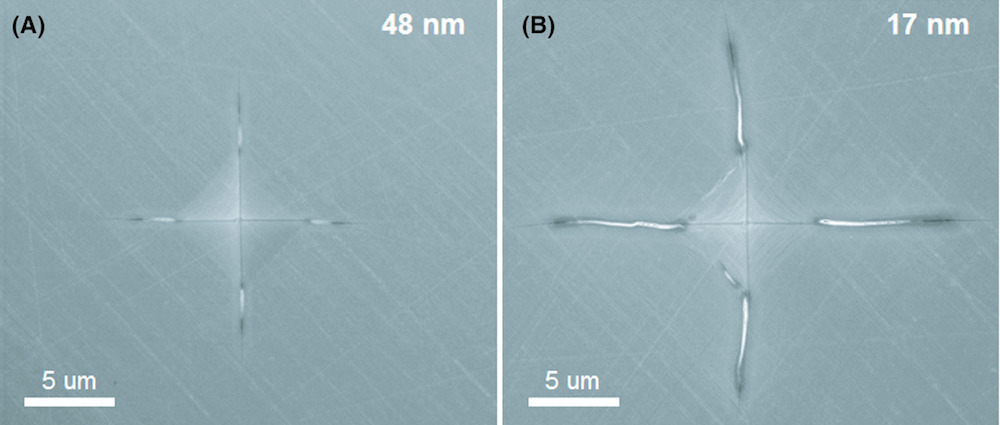The Hall-Petch relation describes how a ceramic becomes harder as its grains become smaller. But when the grains become small enough, the relation begins to break down. Luis Sotelo Martin and Ricardo Castro of the University of California, Davis, showed that adding extra aluminum to zinc aluminate can extend the Hall-Petch relation.
Read MoreThe realism and popularity of superheroes present a great opportunity to teach science through a fun and engaging lens. UC Davis associate professor Ricardo Castro uses superheroes to inspire learning in both the classroom and laboratory, including through a new initiative called Engineering Superheroes.
Read MoreFor The American Ceramic Society journals group, a new year is a great time to report on forthcoming changes. Learn about the new issues, editors, and workshops planned for 2020.
Read MoreWhen grain sizes in ceramics become critically small, ceramics can appear to soften. Researchers led by the University of California, Davis, show this false impression is due to an extensive network of nanocracks caused by increased grain boundary energy.
Read MoreSolid oxide electrochemical cells offer a sustainable alternative to current fossil energy combustion technologies, if scientists can get them to operate well at lower temperatures. New research offers a step toward this goal.
Read MoreThe Society announces awards that will be presented at the Awards Banquet of the 120th Annual Meeting in October to recognize significant contributions to the engineered ceramic and glass field by members and corporations.
Read MoreA team led by researchers at the University of California, Davis has published new research showing that diffusion isn’t the only consideration when it comes to controlling grain growth.
Read MoreBy further understanding the dependence between densification and grain growth, a University of California Davis team of researchers has devised a new process to fabricate fully dense ceramic parts with virtually no grain growth.
Read MoreUC Davis professor Ricardo Castro’s “Science of Superheroes” undergraduate course, born from a childhood love of comic books, is capitalizing on pop culture to communicate enthusiasm in materials science to young students.
Read More









